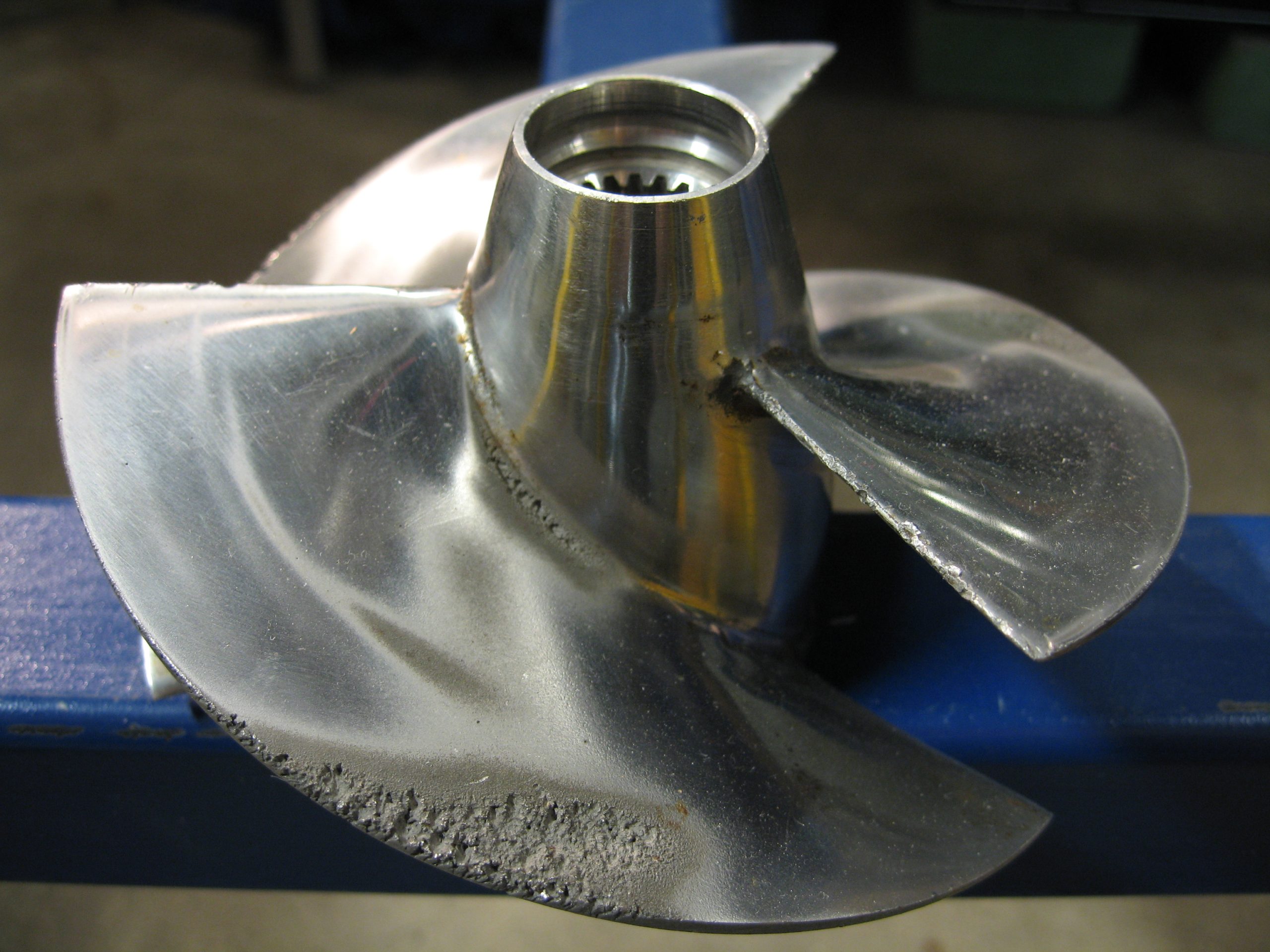Members of the Laboratory for Hydraulic Machines (LVTS) took a closer look into the standardized ASTM G32 cavitation erosion test and pointed out to its shortcomings. The results are published in the renowned journal Ultrasonics Sonochemistry (IF: 8.7).
Cavitation, vaporization and the resulting rapid collapse of bubbles due to a change in local pressure, can lead to cavitation erosion, which is one of the most serious problems faced by engineers of hydraulic machines (turbines, pumps, propellers …). When testing materials, engineers typically rely on standardized procedures. The most common is the ASTM G32 vibratory test. However, it has been repeatedly shown in the past that the predictions of this test do not match the damage that occurs during the operation of the machines. The reason has remained unknown until now.

When performing a standardized measurement, a material sample is exposed to cavitation. This is generated by an ultrasonic probe, which must be positioned 0.5 mm away from the sample. In the study, the researchers monitored cavitation in the gap between the probe and the sample using a camera that records more than a million images per second. They showed that bubbles in a thin gap (<1 mm) have a two-dimensional (cylindrical) shape and behave differently than those in larger gaps. As a result, their collapse, radiated shock wave and erosion effect are less aggressive.
The study provides the first evidence that the dynamics of bubbles in the thin gap prescribed by the standard is significantly different from that of free bubbles in machines. This calls into question the validity of the ASTM G32 test.
